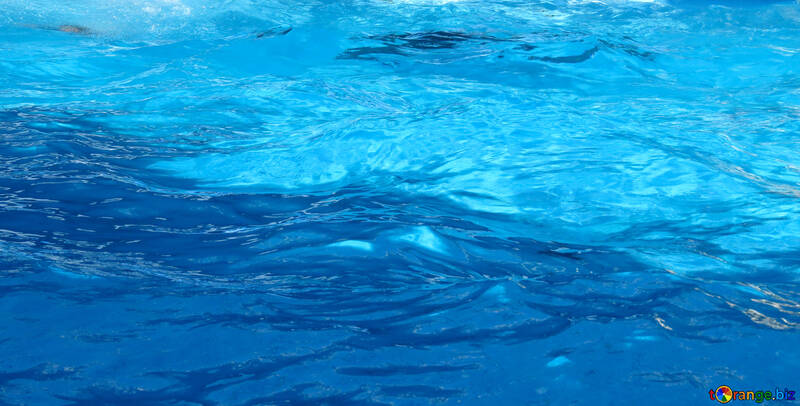
Water desalination
Seawater desalination is the expulsion of salt and debasements from seawater to drinking water.
Seawater is gone through a pre-treatment channel that evacuates enormous and little particles. The sifted seawater is then constrained under tension through unique layers whereby the assimilation procedure that ordinarily happens in nature is turned around. The pores in the films are little to such an extent that salt, microorganisms, infections and different contaminations are isolated from the seawater. Basically they act like minute sifters. About portion of the water that enters the plant from the ocean turns out to be crisp drinking water. The salt and different polluting influences expelled from the ocean water is then come back to the sea through diffusers, which guarantees it blends rapidly and keeps the marine condition from being affected.
The desalinated water is then liable to facilitate treatment to satisfy drinking water guidelines before it arrives at our clients.
Desalination is a procedure that removes mineral parts from saline water. All the more by and large, desalination alludes to the expulsion of salts and minerals from an objective substance,[1] as in soil desalination, which is an issue for agriculture.
Saltwater is desalinated to create water reasonable for human utilization or water system. The result of the desalination procedure is brine.[3] Desalination is utilized on numerous seagoing boats and submarines. The greater part of the cutting edge enthusiasm for desalination is centered around savvy arrangement of new water for human use. Alongside reused wastewater, it is one of only a handful not many precipitation autonomous water sources.[4]
Because of its vitality utilization, desalinating ocean water is commonly more expensive than new water from waterways or groundwater, water reusing and water preservation. Be that as it may, these choices are not constantly accessible and exhaustion of stores is a basic issue worldwide.[5][6] Desalination forms are typically determined by either warm (on account of refining) or electrical (e.g., photovoltaic or wind power) as the essential vitality types.
As of now, around 1% of the total populace is subject to desalinated water to address day by day issues, yet the UN expects that 14% of the total populace will experience water shortage by 2025.[7] Desalination is especially pertinent in dry nations, for example, Australia, which customarily have depended on gathering precipitation behind dams for water.
